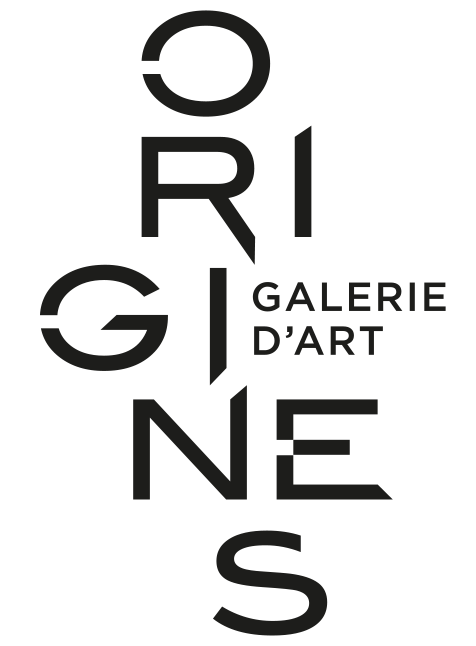DE FEURE Georges
DE FEURE Georges
In 1886, Georges de Feure was admitted to the Royal Academy of Fine Arts in Amsterdam, which he left after two years. He came to Paris in 1889 and settled in Montmartre; he joined the Parisian bohemia. His circle of friends included the composers Claude Debussy, Maurice Ravel and Erik Satie. His pictorial work was definitely inspired by the poems of Charles Baudelaire and the novels of Georges Rodenbach. In the 1890s, he was recognized by Puvis de Chavannes as one of the most important painters of the French symbolist movement. To make a living, he became an illustrator for Le Courrier français, Le Figaro Illustré and for two periodicals published by Goupil & Cie, Le Théâtre and Les Modes. Georges de Feure participated in the Salon des Cent and four of his posters were published in Les Maîtres de l'affiche.
His work is characterized by numerous representations of the femme fatale, a theme found in all the works of the Art Nouveau movement.
His reputation as a symbolist painter and his experience as a poster artist led the art dealer Siegfried Bing to approach him to design the façade of the "Art Nouveau Pavilion" at the 1900 World's Fair in Paris. In addition, Bing entrusted de Feure, along with Eugène Gaillard and Edouard Colonna, with the realization of two interiors in the same pavilion. The furniture and decorative objects he designed for the boudoir were praised by the critics, who saw in them a representation of the quintessence of French art. One praises their delicacy and their very feminine grace. Gabriel Mourey, for the magazine Les Arts Décoratifs, described them as "one of the most exquisite and perfect decorative ensembles that our era has created". Three years earlier, he had written a long article on Feure in The Studio.
Four of his posters were reproduced in the magazine Les Maîtres de l'affiche (1895-1900), namely: 5th exhibition of the Salon des Cent, Magasin des nouveautés Jeanne d'Arc, Le Journal des ventes and Thés du Palais Indien. He also collaborates with Cocorico.
Presented in 1892 at Le Barc de Boutteville in the circle of symbolist painters, he participated in the Salon de la Rose-Croix in 1893 and 1894 and the Secession of Munich in 1896. A major retrospective of his work was held in Paris in 1903, then he traveled to Hamburg and The Hague.
During the first decades of the 20th century, he continued to create decorative ensembles (evolving from Art Nouveau to Art Deco), then in 1909 he founded De Feure & Deperdussin (DFD & Cie), a company building monoplane aircraft with reverse propulsion with Armand Deperdussin as a partner, who eventually dismissed him, before being arrested for a murky business of speculation. Two models came out of the workshops, the DFD1 and the DFD2, whose design involved Louis Béchereau. During the first tests, at the end of 1910, Georges de Feure had a serious accident: he withdrew from the business.
He then turned to the making of costumes and sets for the theater, notably in London where he lived during the First World War.
During the 1920s, he was an artistic advisor for Madeleine Vionnet's stores, then for Schwarz-Haumont, which specialized in the construction of metal structures.
In February 1942, after a long illness, he asked the Ministry of Fine Arts to acquire two of his paintings for the national collection, which was refused. He died on November 26, 1943 in the Paris of the Occupation.

